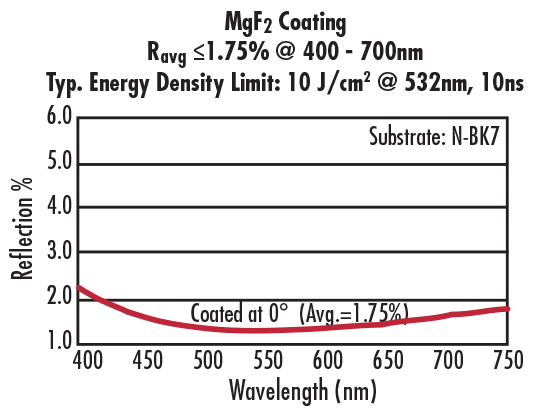
 TECHSPEC® components are designed, specified, or manufactured by Edmund Optics. Learn More
TECHSPEC® components are designed, specified, or manufactured by Edmund Optics. Learn More
TECHSPEC® Acylinder Lenses are similar to aspheric lenses in that they provide diffraction-limited focusing performance in only one dimension. By reducing spherical aberration along the focusing axis, TECHSPEC® Acylinder Lenses are ideal for creating thin line profiles. Compared to standard cylinder lenses, TECHSPEC® Acylinder Lenses also dramatically reduce the spot size of monochromatic light sources to provide sharp, thin lines.

1-800-363-1992
or view regional numbers
QUOTE TOOL
enter stock numbers to begin
Copyright 2025, Edmund Optics India Private Limited, #267, Greystone Building, Second Floor, 6th Cross Rd, Binnamangala, Stage 1, Indiranagar, Bengaluru, Karnataka, India 560038
California Consumer Privacy Acts (CCPA): Do Not Sell or Share My Personal Information
California Transparency in Supply Chains Act